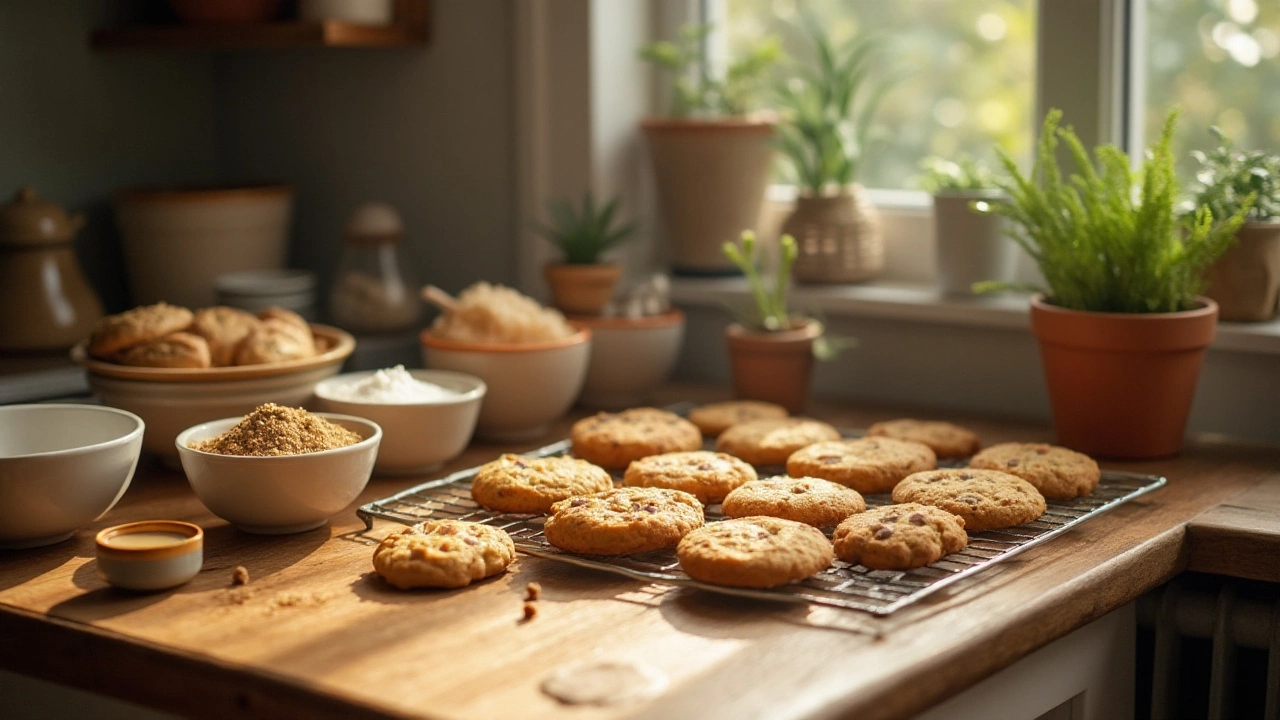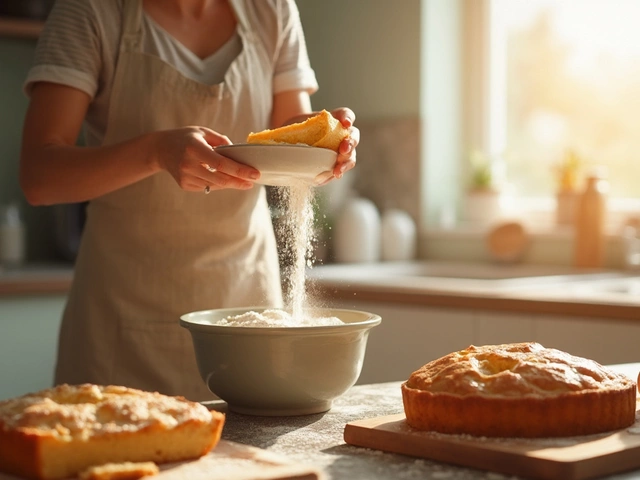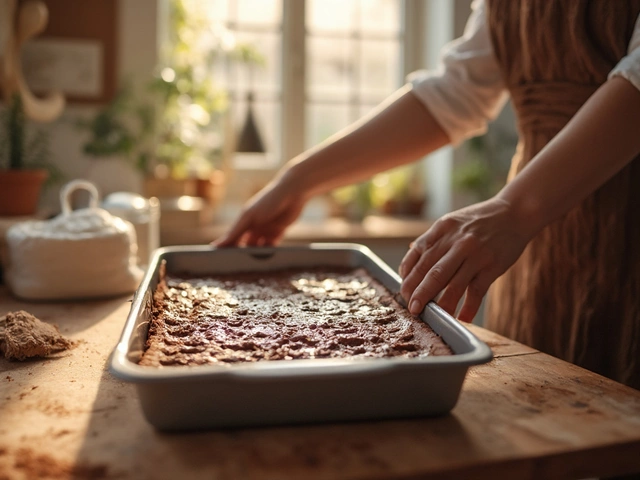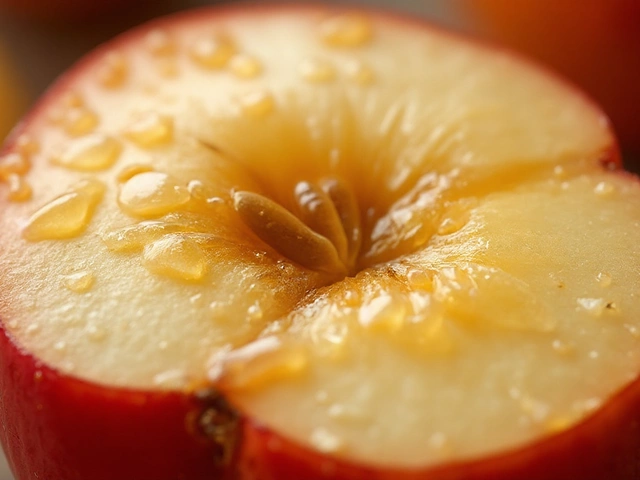Brown Sugar Alternatives You Can Use Right Now
Running out of brown sugar mid‑recipe is annoying, but you don’t have to panic. There are several pantry staples that can stand in for brown sugar without changing the taste too much. Below you’ll find the most common swaps, how to use them, and a few tricks to keep your baked goods perfect.
Quick Homemade Brown Sugar
The easiest substitute is a mix of white sugar and molasses. For light brown sugar, stir 1 tablespoon of molasses into 1 cup of white granulated sugar. For dark brown sugar, use 2 tablespoons of molasses per cup of sugar. Blend until the color is even and the mixture feels slightly clumpy. This works for cookies, cakes, and sauces alike.
If you don’t have molasses, try a splash of honey or maple syrup. Use 1 cup of white sugar plus 1 tablespoon of honey or maple syrup. The flavor will be a bit milder, but the moisture stays the same. Add a pinch of salt if the mix feels flat.
Store‑Bought Swaps
Coconut sugar is a popular natural alternative. It’s less sweet than brown sugar, so use a little extra—about 1¼ cups for every cup of brown sugar. The flavor leans toward caramel, which works great in oatmeal or brownies.
Date sugar, made from ground dried dates, adds a deep, fruity sweetness. Replace brown sugar one‑for‑one, but expect a slightly grainier texture. It’s perfect for spice cakes or energy bars.
Turbinado or demerara sugar can also fill the gap. They’re coarser than brown sugar, so pulse them in a food processor for a finer texture. Use the same amount as you would brown sugar, and add a splash of water or milk to keep the batter moist.
When you’re on a tight budget, simple white sugar works fine in most recipes. Just add a teaspoon of molasses or a drizzle of corn syrup per cup of sugar. The result won’t be as rich, but it will still hold the structure of your cookies or sauces.
Remember that each alternative changes the moisture a bit. If your batter feels dry, add a tablespoon of liquid (milk, water, or even a fruit puree). If it’s too wet, sprinkle in a little extra sugar. Adjusting the liquid keeps the texture spot on.
For frostings and glazes, you can skip the sugar swap altogether and use powdered sugar mixed with a bit of butter or cream. The smooth texture works well for cupcakes and donuts.
Finally, store any homemade brown sugar in an airtight jar. A slice of bread or a damp paper towel placed on top keeps it from hardening. If it does harden, a few seconds in the microwave with a damp cloth will loosen it up.
With these alternatives on hand, you’ll never have to halt a bake because you’re missing brown sugar. Pick the swap that matches the flavor you want, adjust the moisture, and enjoy the same sweet, caramel‑like results. Happy cooking!

Baking Cookies Without Brown Sugar: What You Need to Know
Baking cookies without brown sugar is possible and can result in delicious treats. Brown sugar contributes to the texture and flavor of cookies, but there are viable alternatives for those who don’t have it on hand or wish to reduce their sugar intake. Understanding how these substitutes affect your cookies can help you achieve the desired outcome. Learn the importance of brown sugar, explore alternatives, and discover tips to make your cookies just as delectable.
View More




